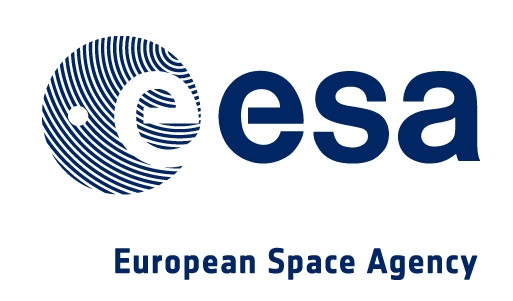Summary
The Pantanal is the world’s largest continental tropical wetland covering approximately 160,000km2, and is located between Brazil, Paraguay and Bolivia. The Paraguay River, its tributaries, and the rainfall patterns of the region, support an annual flood regime that varies both temporally and spatially, and helps define the geomorphology and the large biodiversity of the region. However, the Pantanal and its rich biodiversity are vulnerable to anthropogenic disturbances including the construction of hydroelectric dams, channelization of major waterways, deforestation and burning of grasslands for agriculture and cattle ranching, and the increase of roads infrastructure. The human-altered landscape will likely play a role on patterns of resource selection and connectivity of the landscape for certain species, specifically the Pantanal marsh deer (Blastocerus dichotomus).
The goal of this project was to derive spatial temporal flooding and land cover maps of the entire Brazilian Pantanal, and integrate this information to define landscape connectivity and resource availability for the Pantanal marsh deer. To accomplish this we (1) built a data base of ALOS/PALSAR mosaics (dual polarization, 25 m spatial resolution) for several temporal periods over one hydrological cycle to derive inundation and land cover maps, (2) processed SRTM data with an innovative method to minimize the effect of tree height on the derived terrain elevation, (3) conducted an intense field campaign in August and September 2013 to mount a network of flooding detection units in the Pantanal for validation of the inundation maps, and (4) integrated in a geographic information system the validated imagery derived land cover and inundation maps, the SRTM elevation information, and the marsh deer distribution and ecology data (provided by the local collaborators) to define least-cost pathways and resource availability for this species.
Methods
Although there have been some previous land cover studies at a local scale in the Pantanal, only a few have covered the entire Pantanal at a regional scale as the size and relative inaccessibility of the region hinders traditional methods of data collection. However, information is missing in regard to spatial temporal flooding dynamics and landscape connectivity for specific species at the required spatial and temporal scales for conservation strategies. The connectivity of a habitat is species dependent and key information are the spatial temporal flooding dynamic of a landscape, corridors, resource availability, and human land use pattern. Specifically in the Nhecolândia region of the Pantanal, the majority of the marsh deer distribution is found in the areas where our previous NGS funded research defined as dominated by fresh water lakes where aquatic plants eaten by marsh deer are found in abundance. Central areas of Nhecolândia, which show high occurrence of brackish water lakes and are deprived of emergent aquatic vegetation, have a low occurrence of marsh deer. This research provided baseline information that significantly improved the understanding of the spatial temporal dynamic of the Pantanal and helped define how best to protect the region so it continues to provide vital habitat for the diverse fauna.
Support






